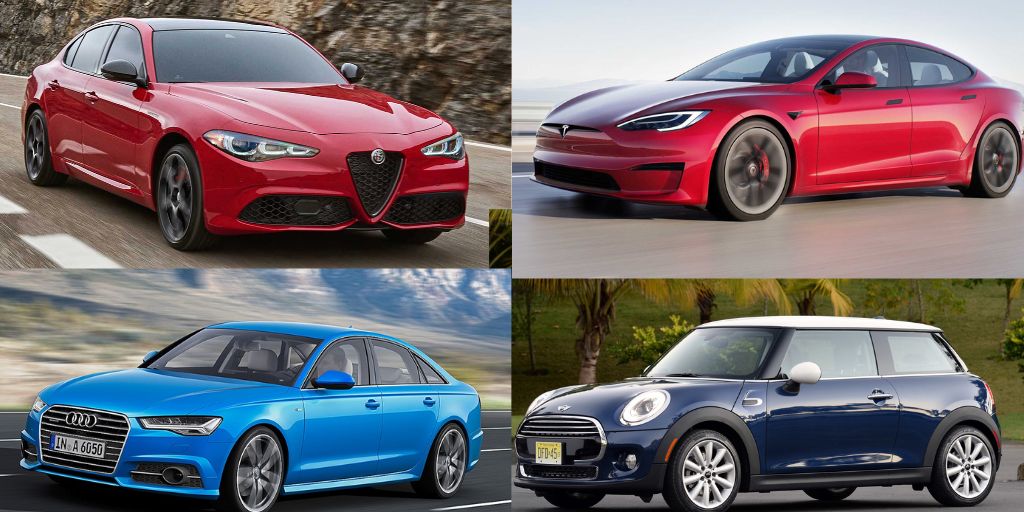The suspension system of a vehicle is its unsung hero, responsible for ensuring a smooth and comfortable ride, maintaining stability, and absorbing shocks and bumps from uneven surfaces. A tough suspension becomes even more critical in more demanding conditions, such as off-roading or navigating rough, poorly maintained roads.
Vehicles with tough suspension systems are engineered to endure extreme environments, offering both durability and performance, even in challenging conditions.
These vehicles are typically designed for heavy-duty tasks, such as off-roading, long-distance travel, or hauling heavy loads, and their suspension systems are a testament to this rugged capability.
When it comes to choosing a vehicle for rough terrain, comfort and ride quality are just as important as the ability to handle tough conditions. A tough suspension not only provides a smooth ride over rocky roads, dirt trails, or mountainous regions but also contributes to overall vehicle longevity.
Off-road vehicles, pickup trucks, and SUVs with tough suspension systems are equipped with heavy-duty shock absorbers, multi-link or coil spring setups, and reinforced components that can take on the most challenging terrains without significant wear or loss of performance.
These vehicles’ suspensions are designed with the idea of comfort under load and stability over obstacles in mind. Whether you’re tackling steep inclines, rocky paths, or sandy dunes, a tough suspension system ensures that the vehicle remains stable and safe.
The suspension also plays a pivotal role in maintaining traction, preventing bottoming out, and keeping the tires in constant contact with the road, which is especially important for off-road driving where maintaining control is paramount.
5 Cars With Tough Suspension
In this section, we will look at five vehicles with some of the most tough and durable suspension systems, ideal for extreme conditions and the toughest of driving environments.
From luxury SUVs like the Mercedes-Benz G-Class to the compact yet mighty Suzuki Jimny, these vehicles are perfect examples of how advanced suspension technology can enhance off-road performance, comfort, and reliability.
Also Read: 5 Cars That Keep Cool in Summer and 5 That Overheat
1. Toyota Land Cruiser
Suspension System Overview:
The Toyota Land Cruiser has been a symbol of durability for decades, renowned for its capability in rough environments.
The suspension system in the Land Cruiser combines coil springs, heavy-duty gas shock absorbers, and multi-link rear suspensions, creating a setup that absorbs bumps and keeps the vehicle stable even in difficult driving conditions.
The vehicle’s four-wheel-drive system further enhances its off-road capabilities, especially in challenging environments like deserts, mountains, or muddy trails.
Why It’s Tough:
One of the key reasons the Land Cruiser is highly regarded for its suspension is its ability to maintain stability and control over rugged terrain.
Whether you’re driving over rocky paths, crossing rivers, or navigating tight, uneven roads, the suspension ensures the tires stay in constant contact with the ground, optimizing traction and comfort.
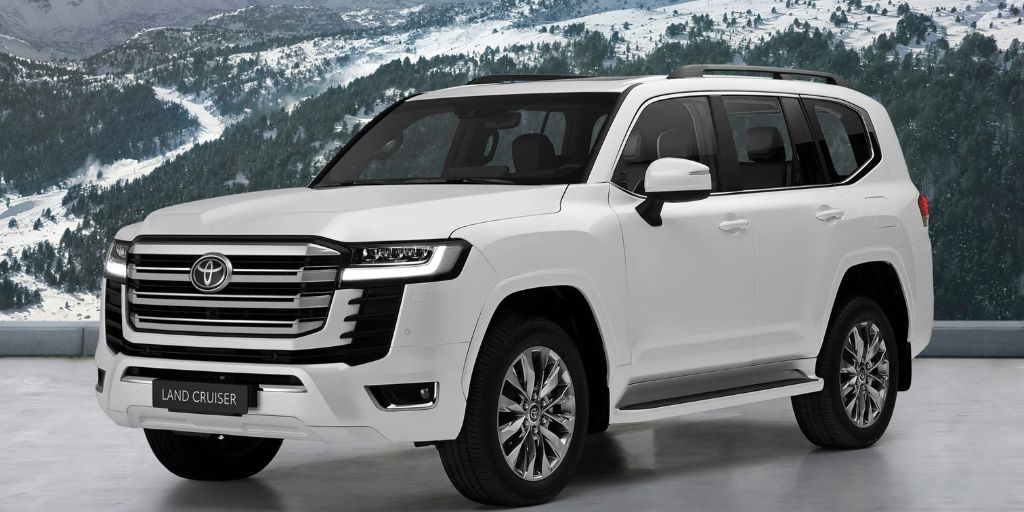
The long-lasting, heavy-duty shocks minimize the vehicle’s wear and tear over time, making it a favorite for those who need a vehicle that can withstand extreme conditions for years.
Key Specifications:
- Ground Clearance: 230 mm
- Suspension Type: Independent double-wishbone front, 4-link rear with coil springs
- Engine Options: 5.7L V8, 4.6L V8
- Towing Capacity: Up to 3500 kg
- Payload Capacity: 800+ kg
The Land Cruiser is particularly beloved in regions with challenging terrains, such as Africa, Australia, and Southeast Asia, where it is often used for humanitarian missions, long-distance travel, or military purposes.
The suspension system ensures that the vehicle is equipped to endure rough driving conditions without compromising comfort or handling.
2. Jeep Wrangler Rubicon
Suspension System Overview:
The Jeep Wrangler Rubicon is built for adventure, with a suspension system engineered to handle rugged, off-road environments. The solid axle suspension (front and rear) with coil springs ensures maximum durability.
It is complemented by Fox Racing shocks and a disconnecting sway bar system, which enhances off-road capabilities by allowing the vehicle to adapt to different types of terrain with greater suspension articulation.
Why It’s Tough:
What makes the Rubicon’s suspension truly stand out is its ability to articulate and travel extensively. Off-roading enthusiasts rave about the sway bar disconnect, which allows for better flexibility when driving over obstacles like rocks and deep ruts.
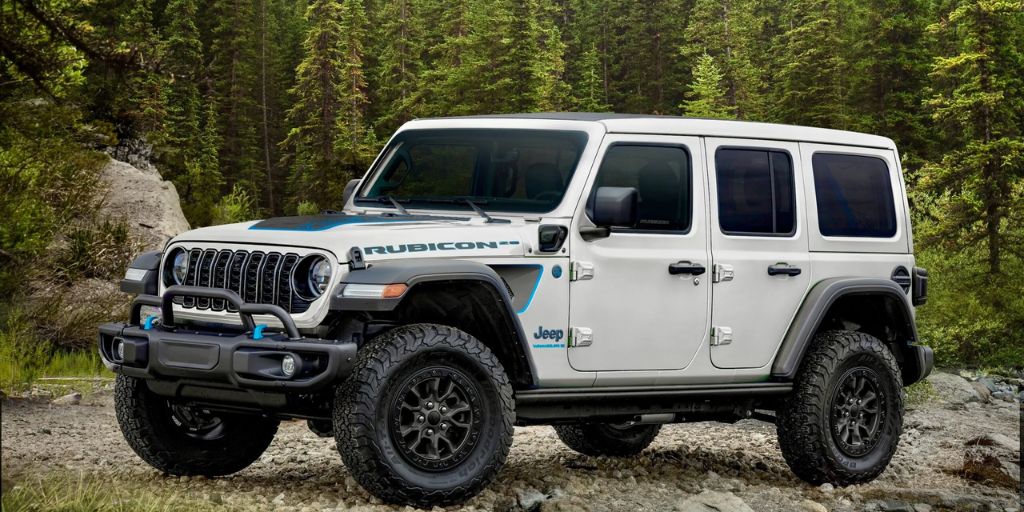
The long suspension travel lets the wheels move independently and adjust to uneven terrain, giving the Rubicon superior performance on difficult trails. Whether you are rock crawling or driving through a forest, the suspension system guarantees maximum stability and durability, even in extreme conditions.
Key Specifications:
- Ground Clearance: 274 mm
- Suspension Travel: 10 inches of front travel, 10.5 inches of rear travel
- Engine: 3.6L V6
- Towing Capacity: 3500 kg
- Tire Size: 33-inch all-terrain tires (standard)
The Jeep Wrangler Rubicon is regarded as one of the best off-road vehicles, known for handling steep inclines and rough trails, thanks to its impressive suspension system. It’s the perfect choice for those looking to push their vehicles to the limits of off-road performance.
3. Ford Ranger Raptor
Suspension System Overview:
The Ford Ranger Raptor is a high-performance off-road pickup that’s designed to handle the toughest terrains. The Fox Racing 2.5-inch live valve shocks combined with the independent front suspension and solid rear axle with Watts linkage provide exceptional ride comfort and off-road capability.
This suspension system is not just designed for comfort but for performance, allowing the vehicle to maintain stability even during high-speed off-road driving.
Why It’s Tough:
The Ranger Raptor’s suspension system is specifically engineered for high-speed off-roading, ensuring stability, handling, and comfort. Whether it’s crossing a desert at high speeds or climbing through rocky paths, the long suspension travel helps absorb impacts from large bumps and deep ruts.
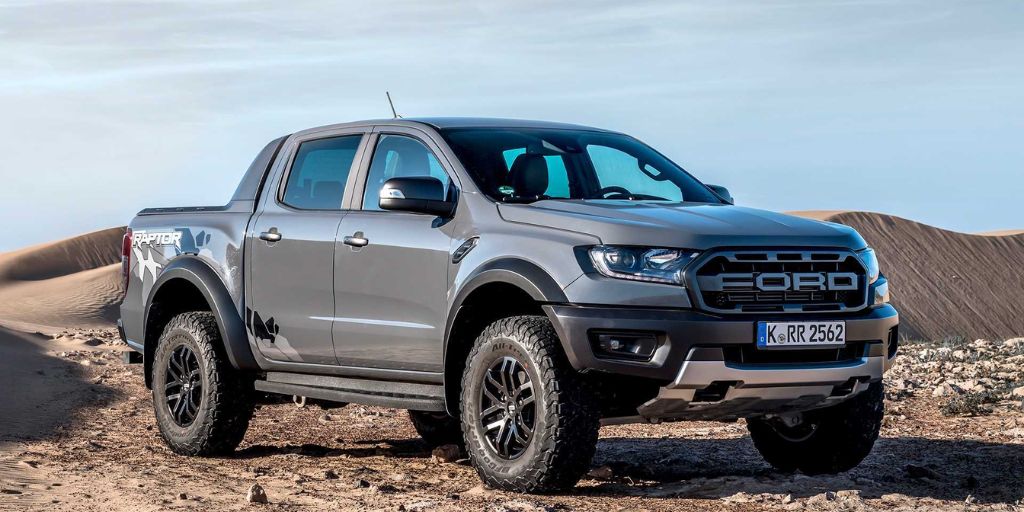
The Fox Racing shocks are adjustable, allowing the vehicle to maintain a smooth ride without sacrificing performance, and the Watts linkage helps with lateral stability, making sure the truck maintains control in challenging environments.
Key Specifications:
- Ground Clearance: 272 mm
- Suspension Travel: 13 inches front and rear
- Towing Capacity: 2500 kg
- Engine: 2.0L bi-turbocharged diesel
The Ford Ranger Raptor has become an iconic off-road pickup, especially in Australia, South Africa, and Europe. Its suspension is lauded for absorbing shock at high speeds on rough terrains, and its ability to tackle extreme environments has made it a favorite among off-road enthusiasts.
4. Mercedes-Benz G-Class (G-Wagon)
Suspension System Overview:
The Mercedes-Benz G-Class, also known as the G-Wagon, was initially designed as a military vehicle before being adapted for civilian use. The G-Wagon boasts a combination of coil spring suspension, rigid rear axles, and independent front suspension in newer models.
This tough suspension system allows it to handle steep slopes, rocky trails, and harsh weather conditions without compromising comfort or safety.
Why It’s Tough:
The G-Class is one of the most versatile luxury off-road vehicles on the market, and its suspension is a big part of why it remains a top contender for those who demand off-road prowess.
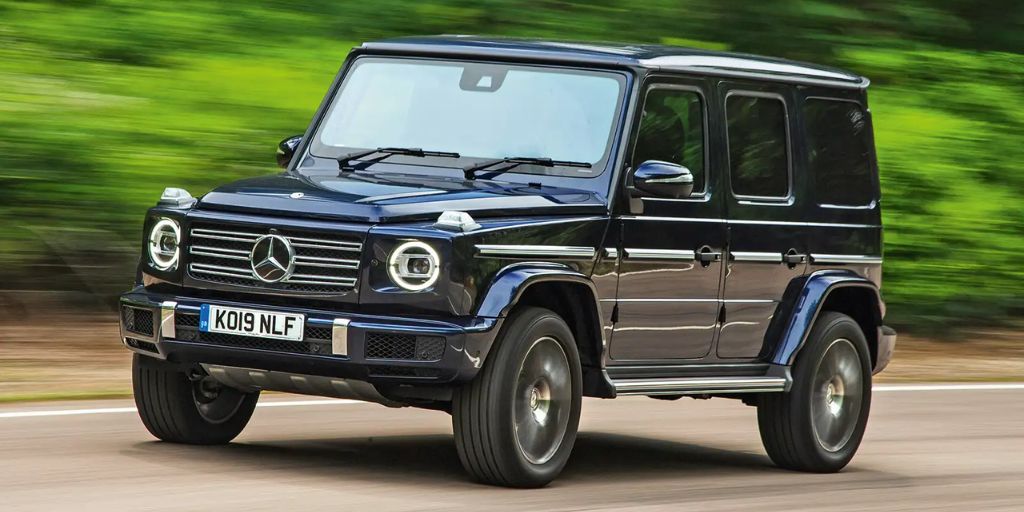
The suspension is capable of supporting the heavy body of the G-Wagon, while the three locking differentials (front, center, and rear) provide excellent traction on rough terrain. Whether navigating snow-covered roads in Europe or desert dunes in the Middle East, the G-Class suspension system guarantees excellent handling and comfort.
Key Specifications:
- Ground Clearance: 241 mm
- Suspension: Rigid rear axles, coil spring
- Engine: 4.0L V8 twin-turbocharged
- Towing Capacity: 3500 kg
- Payload Capacity: 500 kg
Thanks to its solid construction and robust suspension, the G-Class has gained a reputation as a luxury vehicle that doesn’t back down when the going gets tough.
5. Suzuki Jimny
Suspension System Overview:
The Suzuki Jimny is a small but powerful 4×4 vehicle designed for tough off-road conditions. Its solid axles front and rear, combined with coil spring suspension, provide the Jimny with excellent durability and articulation, especially for a vehicle of its size.
The Jimny’s compact design allows it to go places other off-roaders can’t reach, and its suspension system ensures a smooth ride even on rough, uneven ground.
Why It’s Tough:
The Jimny is often described as the “little monster” of off-roading, and its suspension system is a big reason why. Despite its small frame, it can tackle difficult trails and muddy paths with ease.
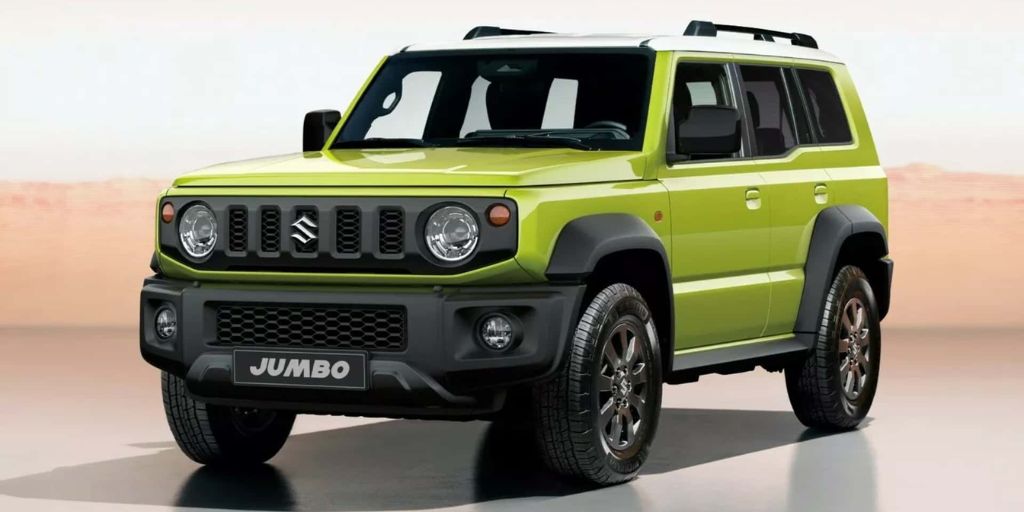
The suspension allows for a high degree of wheel articulation, ensuring that the Jimny remains stable even in the most challenging environments. Its high ground clearance and lightweight body further enhance its off-road capability.
Key Specifications:
- Ground Clearance: 210 mm
- Engine: 1.5L petrol engine
- Suspension: Solid axles front and rear with coil springs
- Towing Capacity: 1300 kg
In regions where off-roading is a necessity, such as Asia and Africa, the Jimny is a favorite due to its excellent suspension, light weight, and robust off-road capabilities.
Tough suspension systems are essential for vehicles that are expected to handle rugged terrain, long distances, and heavy loads.
The cars mentioned above—Toyota Land Cruiser, Jeep Wrangler Rubicon, Ford Ranger Raptor, Mercedes-Benz G-Class, and Suzuki Jimny—are all equipped with robust suspension systems that allow them to take on off-road conditions with ease.
These vehicles are engineered for maximum durability and performance, and their suspensions are key to their ability to thrive in challenging environments.
In the next part, we will explore five vehicles with fragile suspension systems, examining how these vehicles perform on rough roads and the common suspension issues faced by owners.
5 Cars That Feel Fragile
While tough suspension systems are essential for vehicles designed to handle rugged terrains and rough roads, there are other vehicles that are built more for comfort on smooth, paved roads and are not equipped to handle the same level of harsh conditions.
Fragile suspension systems often prioritize ride comfort and aesthetic design, offering a smoother experience on well-maintained roads but lacking the durability required for more challenging environments. These systems are generally more sensitive to damage and can wear out more quickly under heavy loads or off-road conditions.
Vehicles with fragile suspensions are typically luxury sedans, sports cars, or compact cars—models where performance and comfort take precedence over off-road capability.
A fragile suspension system tends to rely more on softer spring rates and delicate shock absorbers, which provide a plush ride on smooth roads but struggle to absorb the impact of uneven surfaces or heavy off-road use.
These systems may also have more complex components that, while offering excellent performance on the right surface, are less durable when exposed to the stresses of rough driving.
Such cars can often suffer from premature suspension wear if driven outside their designed environments. For example, sports sedans with performance-focused suspension systems may not perform well when pushed over potholes or damaged roads, while luxury vehicles designed with comfort in mind may not survive the rigors of off-roading or heavy towing.
The suspension in these cars may also be more prone to misalignment, resulting in uneven tire wear, poor handling, and compromised comfort. Additionally, the cost of repairs for such systems is often higher due to their sophisticated engineering.
In this section, we will explore five cars with fragile suspension systems, examining how their suspension setups are less suited for tough terrains and their limitations when it comes to handling rough roads, heavy loads, or off-road conditions.
We’ll take a closer look at each vehicle’s suspension system and why they fall into the category of being less durable in demanding driving environments.
1. Tesla Model S
The Tesla Model S is known for its impressive electric range, powerful acceleration, and high-tech features. However, despite its status as a premium electric sedan, the Model S has gained a reputation for having a fragile suspension system, especially in early production models.
Owners in various regions, including Europe, Asia, and North America, have reported issues related to premature suspension wear and broken control arms.
The Model S uses a double-wishbone suspension in the front and a multi-link setup in the rear, which are typically strong designs. However, the quality of components used in the earlier models has led to problems such as squeaky bushings, control arm failure, and ride height sensor malfunctions.
Tesla introduced air suspension as an option, which provides an adjustable and comfortable ride—but it can also be prone to sensor faults and compressor failures, particularly in colder climates or poor road conditions.
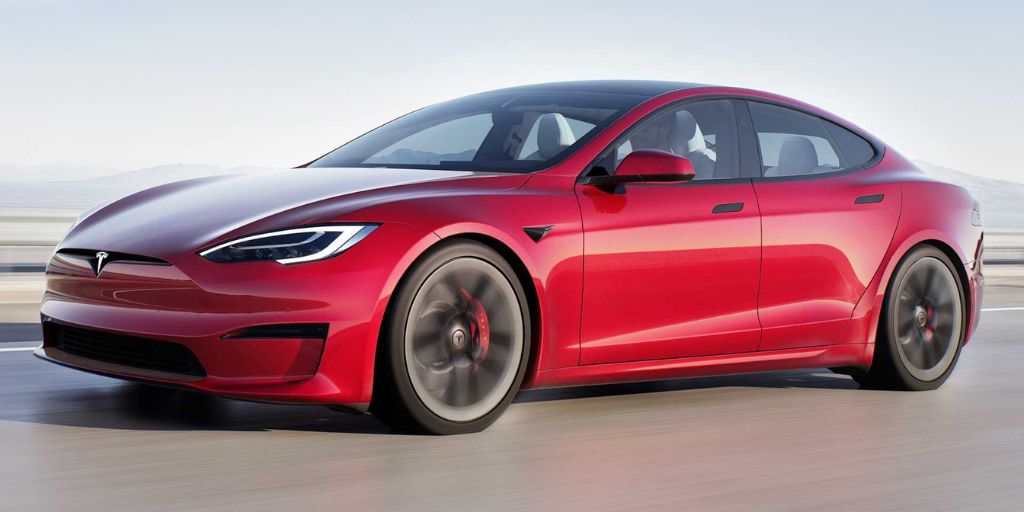
Because the Model S is a heavy vehicle due to its large battery pack, the suspension carries more weight than most sedans. This extra load can accelerate wear on the joints and shocks, especially if the car is driven frequently on pothole-ridden or uneven roads.
In some markets, repairs to the suspension have proven costly and time-consuming, with limited third-party service support.
While the Model S remains an innovation in many ways, its suspension fragility—especially under tough conditions—has been a common point of criticism among long-term owners and industry reviewers.
2. BMW 5 Series (F10 Generation)
The BMW 5 Series (F10), produced from 2010 to 2017, is widely appreciated for its sleek design, luxury features, and smooth performance. However, when it comes to long-term durability—particularly in the suspension department—this generation of the 5 Series has often been criticized.
The F10’s suspension, although geared toward comfort and precision, can feel fragile under regular wear and fails to handle poor road conditions over time.
The F10 uses a double-wishbone front suspension and a multi-link rear suspension, which is typical for luxury sedans aiming for a comfortable and refined driving experience.
But the parts used—especially the bushings, control arms, and struts—have been known to wear out prematurely, particularly when exposed to rough roads or aggressive driving.
Common complaints include clunking noises, poor alignment retention, and increased tire wear due to failing suspension geometry.
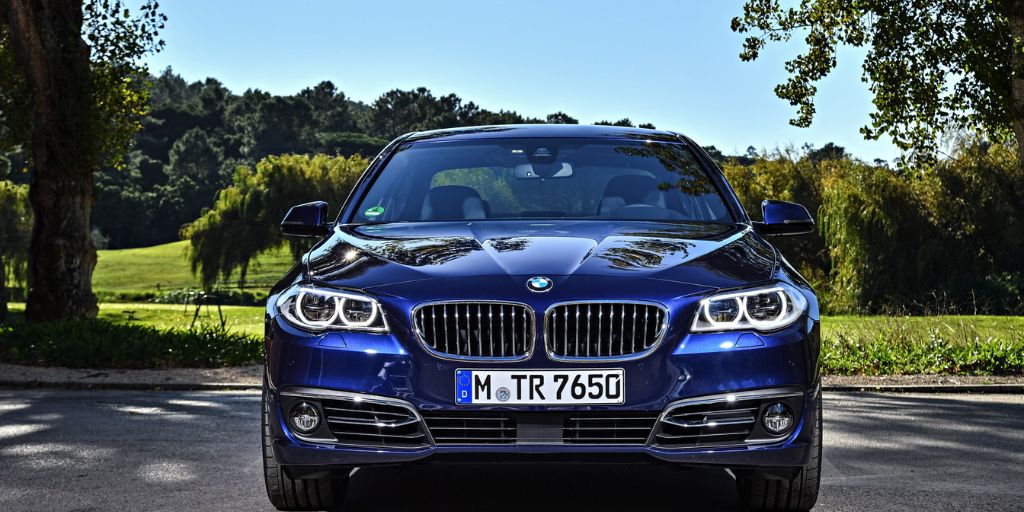
The model’s optional adaptive dampers and rear air suspension were meant to improve ride comfort, but these features added complexity.
Over time, owners have reported airbag leaks, electronic damper malfunctions, and expensive repair costs. In markets with extreme temperatures or bad roads, the suspension suffers even more.
Many mechanics point out that while the F10 drives beautifully when new, it doesn’t age well. Regular driving on bumpy roads or carrying heavy loads can stress the suspension system quickly.
For long-term ownership, this generation of the 5 Series requires careful maintenance, and even then, it often feels less robust compared to rivals in its class.
3. Audi A6 (C7 Generation)
The Audi A6 (C7), produced between 2011 and 2018, is praised for its refined handling and upscale feel. However, like many luxury sedans in its segment, the A6 C7 often struggles with suspension fragility, especially as the vehicle ages.
Owners in various countries have reported problems ranging from creaking noises and uneven tire wear to complete air suspension failure in models equipped with the optional adaptive air ride.
This generation of the A6 uses a five-link front and rear suspension setup, which helps provide a balanced, sporty ride. But these systems are complex and filled with numerous joints and rubber bushings that can degrade quickly.
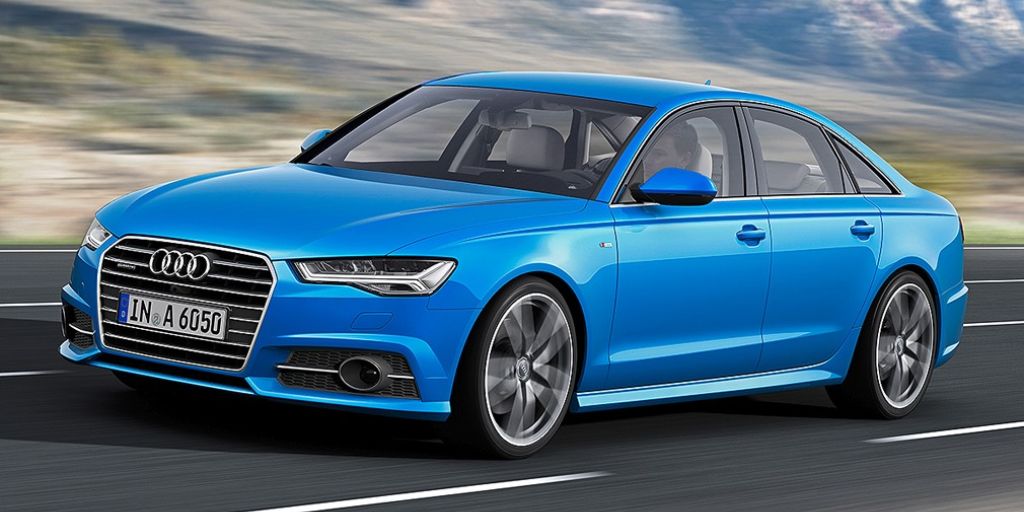
Many drivers notice that even small potholes or speed bumps can lead to noticeable vibrations, and once the suspension starts to degrade, the car loses its signature smoothness.
For models with air suspension, failure in the air compressor or air struts is a well-documented issue. Repairs are expensive, and the car may lean to one side or lower itself completely when parked. In colder climates, moisture inside the system can freeze and cause further damage to the air components.
While the A6 C7 excels in comfort and performance when new, it requires a high level of suspension upkeep. Any lack of maintenance or exposure to poor roads can lead to frequent, expensive failures. Despite its luxurious appeal, the A6’s suspension does not have the long-term toughness expected in vehicles that see daily driving in rough conditions.
4. Mini Cooper (F56 Generation)
The Mini Cooper F56, launched in 2014, is a fun, stylish, and compact hatchback known for its go-kart-like handling. However, under that energetic performance lies a suspension system that has often been called fragile, particularly when exposed to poor road surfaces.
The sporty ride comes at the cost of durability and comfort, especially for long-term owners. The F56 uses a MacPherson strut front suspension and a multi-link rear suspension, a setup that provides agile handling but lacks robustness.
The suspension components are small, lightweight, and tuned for sharp cornering, which means they often wear out quicker than those found in heavier, more durable vehicles.
Owners commonly report premature bushing wear, shock absorber leaks, and noisy front ends after just a few years of ownership.
The Mini also comes with run-flat tires, which have stiffer sidewalls. While these help maintain control after a puncture, they transfer more road impact to the suspension. This leads to a harsher ride and increased stress on suspension parts.
When combined with low-profile tires and firm suspension tuning, the system absorbs less shock, making every pothole feel like a crater.
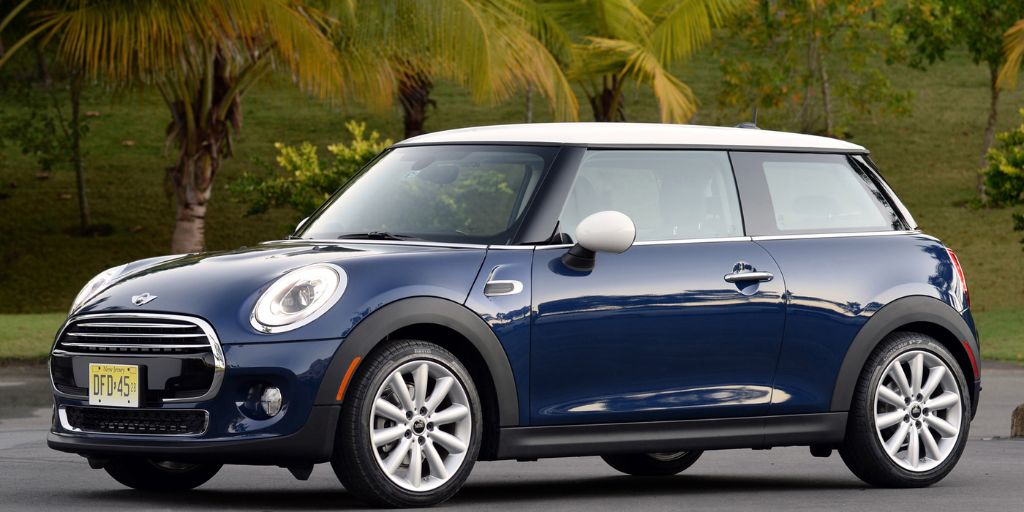
Repair costs can also be surprisingly high for such a small car, and the suspension is often one of the first things that needs attention. While the Mini Cooper F56 offers fun driving dynamics, its suspension doesn’t hold up well under rough daily use, and it often feels too delicate for real-world road conditions.
5. Alfa Romeo Giulia
The Alfa Romeo Giulia is admired for its elegant design and sharp handling. It competes with premium sedans like the BMW 3 Series and Audi A4.
While it delivers impressive performance, especially in its sportier trims, the Giulia has developed a reputation for suspension fragility, particularly in areas with poor road quality. Its precision-focused design can sometimes work against it in terms of durability.
The Giulia uses double-wishbone suspension at the front and multi-link suspension at the rear, which are great for maintaining grip and offering a responsive drive. However, the materials and tuning prioritize lightweight performance over long-term resilience.
Owners have frequently reported knocking noises, loose suspension arms, and shock absorber leaks after relatively short periods of regular driving.
While the suspension works excellently on smooth roads or racetracks, it begins to feel fragile when exposed to uneven pavement, speed bumps, or potholes.
This is especially true for the Quadrifoglio version, which uses a more aggressive suspension setup with adaptive dampers. These can develop electronic faults or physical leaks if not maintained carefully.
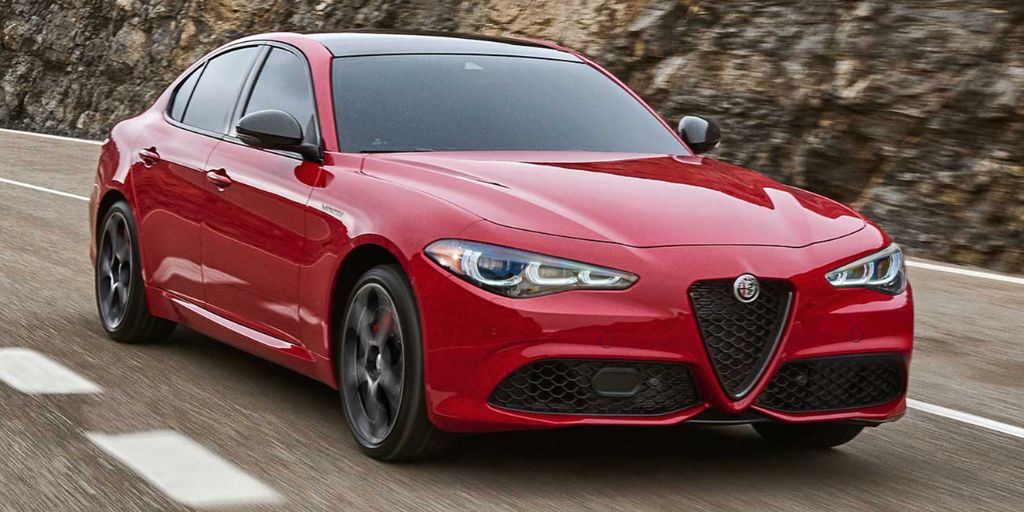
Another concern is the limited service network and higher cost of parts, which means even small suspension repairs can become expensive and time-consuming.
Despite being fun to drive, the Giulia lacks the ruggedness needed for everyday road abuse. Its suspension feels like it was built for performance first—and long-term durability second.
Tough vs. Fragile – The Suspension Divide
Suspension systems are the unsung heroes of the automotive world. They determine how a car feels on the road, how it handles stress, and how it keeps occupants comfortable. Across both lists—tough suspension and fragile suspension—we see two very different philosophies in vehicle engineering.
Some cars are built to endure rugged terrain and years of abuse. Others are optimized for performance, agility, or comfort, often sacrificing long-term durability in the process.
On the tougher side, vehicles like the Toyota Land Cruiser and Jeep Wrangler Rubicon are engineered with reliability and extreme conditions in mind. These vehicles prioritize durability, off-road prowess, and suspension resilience.
Their solid axles, heavy-duty shocks, and reinforced chassis setups allow them to thrive in punishing environments. Even road-focused vehicles like the Volvo XC90 and Ford Ranger Raptor manage to deliver a rugged feel by blending comfort with strong suspension components built for endurance.
In contrast, vehicles with fragile suspension systems tend to come from the luxury and performance segments. Cars like the BMW 5 Series (F10), Tesla Model S, and Audi A6 (C7) are loaded with technological sophistication and comfort-enhancing features, but often struggle when subjected to real-world driving conditions like potholes, curbs, or rough rural roads.
Their suspension systems, especially adaptive or air-based setups, are complex and sensitive, requiring high maintenance and specialized repairs.
The Mini Cooper F56 and Alfa Romeo Giulia highlight a different problem—suspension systems optimized for sporty handling but not necessarily for long-term durability. These cars are fun to drive but often feel too delicate for consistent daily use, especially in harsher environments.
This contrast reveals an important truth: there’s no “one-size-fits-all” suspension system. Every vehicle reflects trade-offs made by its manufacturer.
Tough suspension systems usually sacrifice ride comfort or refinement, while fragile systems prioritize feel and performance but come with long-term maintenance challenges.
For buyers, this means it’s essential to match your driving environment to your vehicle. Those frequently driving on poor roads or needing a long-lasting vehicle should prioritize strong, durable suspensions.
Meanwhile, drivers who enjoy sporty performance or luxury may have to accept higher upkeep and more fragile components as the price of refinement.
In the end, the best suspension system is the one that fits your lifestyle, terrain, and expectations. Whether you prioritize toughness or comfort, understanding these differences helps you make a smarter, more satisfying vehicle choice.
Also Read: 5 Cars That Age Gracefully and 5 That Fall Apart Fast

